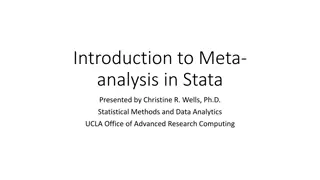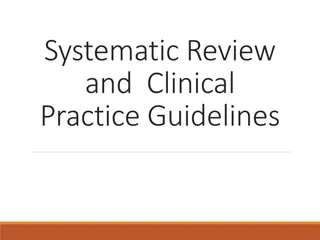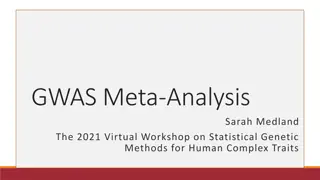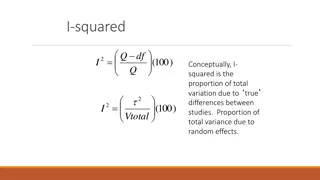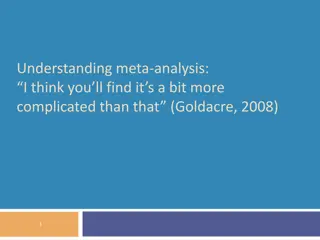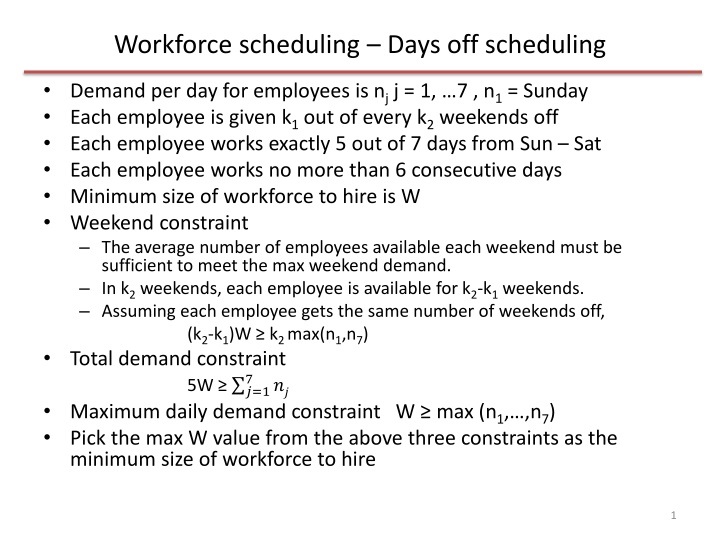
Shift Scheduling and Workforce Management Solutions
Explore workforce scheduling strategies, shift patterns, and cyclic staffing problems with valuable insights on optimizing employee assignments. Learn about integer programming, LP relaxation, and heuristic approaches to efficiently manage staff scheduling.
Download Presentation

Please find below an Image/Link to download the presentation.
The content on the website is provided AS IS for your information and personal use only. It may not be sold, licensed, or shared on other websites without obtaining consent from the author. If you encounter any issues during the download, it is possible that the publisher has removed the file from their server.
You are allowed to download the files provided on this website for personal or commercial use, subject to the condition that they are used lawfully. All files are the property of their respective owners.
The content on the website is provided AS IS for your information and personal use only. It may not be sold, licensed, or shared on other websites without obtaining consent from the author.
E N D
Presentation Transcript
Workforce scheduling Days off scheduling Demand per day for employees is njj = 1, 7 , n1= Sunday Each employee is given k1out of every k2weekends off Each employee works exactly 5 out of 7 days from Sun Sat Each employee works no more than 6 consecutive days Minimum size of workforce to hire is W Weekend constraint The average number of employees available each weekend must be sufficient to meet the max weekend demand. In k2weekends, each employee is available for k2-k1weekends. Assuming each employee gets the same number of weekends off, (k2-k1)W k2 max(n1,n7) Total demand constraint 5W ?=1 ?? Maximum daily demand constraint W max (n1, ,n7) Pick the max W value from the above three constraints as the minimum size of workforce to hire 7 1
Workforce scheduling Days off scheduling n is the max weekend demand n = max(n1,n7) Surplus number of employees in day j is uj = W nj for j = 2, ,6 and uj = n-nj for j = 1, 7 Since max weekend demand is n the remaining W-n can take the weekend off See text for the heuristic and an example 2
Shift scheduling m time intervals that are not equal During each time interval i, i = 1, ,m, bi personnel are required n different shift patterns and each employee is assigned to only one pattern j, j = 1, ,n Shift pattern j is denoted as vector (a1j, a2j, , amj) where aij = 1 if period i is a working period in shift j cj is the cost of assigning a person to shift j xj is the number of people assigned to shift j Solve using integer programming Min cx st Ax b x 0, x = integer a11 .ain A= a21..........a2n am1 .amn Strongly NP Hard- hence use LP relaxation and solve in polynomial time. Easy to solve if each column has a contiguous set of 1 s Or use heuristics 3
Cyclic Staffing Problem Minimize the cost of assigning people to a m-period cyclic schedule Sufficient workers are available at time i to meet the demand of bi Each person works a shift of k consecutive periods and is off for the m-k periods Period m is followed by period 1 xj is the number of people assigned to shift j A = 1001111 1100111 for a 7 day cycle with 2 consecutive days off 1110011 and so on 4
Cyclic Staffing Problem Solve the LP relaxation an obtain xj = x1 , , xn If xj are integers then it is the optimal solution. STOP Else from two LPs LP LP and add constraint x1 + x2+, ,+ xn = x1 +, ,+ xn (rounded to the lower side) to the original problem and solve LP x1 + x2+, ,+ xn = x1 +, ,+ xn (rounded to the upper side) to the original problem and solve LP LP has an optimal solution that is integer If LP does not have a feasible solution then LP is optimal If LP has a feasible solution, then it has an optimal solution that is integer and the solution to the original problem is the better one among the solutions to LP and LP 5
Crew Scheduling m jobs flight legs i = I, ,m n - feasible and all possible combinations of flight legs that a crew can handle these are n feasible and all possible round trips j, j = 1, ,n that can be generated from the flight legs. cj cost of round trip j Each flight leg must be covered by exactly one round trip bi = 1 Minimize cost aij is 1 if flight leg i is covered by round trip j xj is 0-1 variable and denotes whether a round trip is selected. Min cx st Ax=1 x=0-1, x = integer am1 .amn NP hard. So use heuristics a11 .ain A= a21..........a2n 6

